It’s always disappointing when free trial members of our services fail to convert, slipping through our fingers forever.
Unfortunately, that’s not an uncommon feeling. Depending on who you ask, average trial-to-paid conversion rates typically range anywhere from 1 to 25 percent. In other words, most companies see most of their trial users churn once the free-use period is up.
Of course, individual users churn for a wide variety of reasons.
And sure, many will churn for reasons that have nothing to do with your service. There’s not much you can do in these instances; the individual was likely just a poor fit for your offering.
What you really don’t want is to have highly qualified leads from your sales pipelines churn because they were unhappy with your services. Not only does this equate to lost time, money, and other resources while nurturing the lead, but it also means you’ve lost potential future revenues from the lapsed user.
Free trials exist so that users can try out your product or service to see if it’s “for them,” answering questions such as
- Are they able to use the service effectively and efficiently?
- Does the service allow them to accomplish their intended goals?
- Is this specific service more valuable overall than their other choices?
On the other side of things, trial periods provide companies the opportunity to prove that the answer to these questions is a resounding yes.
But if your trial users experience any problems, issues, or even minor hiccups throughout the onboarding process, it probably isn’t going to be good for business.
Here are four common mistakes companies make when onboarding new customers — and what you need to do to avoid making them.
4 key mistakes companies make when onboarding new customers
There are a million and one things that can go wrong during the onboarding process and make your trial users or new customers run for the hills.
But when it comes down to it, all of these “little” issues can be classified into one of four key areas:
- Confusing the user
- Focusing on features
- Withholding wins
- Failing to make improvements
Let’s take a closer look at each of these onboarding mistakes in greater detail, and discuss what you need to do to avoid making them.
Confusing the user
Obviously, your brand new users are — wait for it — brand new to your services.
So no matter how familiar they might be with the type of service you offer, they’re going to enter your specific onboarding experience with at least a little bit of confusion.
And that’s OK: With a proper onboarding process in place, new users will become acclimated to your services in no time.
Of course, if you fail to alleviate their confusion throughout the onboarding process, you’re going to lose these potential customers for good.
When it comes to new user confusion, the culprit is typically one of the following:
- Poor instructions
- Overwhelming instructions
- Poor user interface
Regarding poor instructions, it’s pretty simple:
If you don’t make it crystal clear what your new users are supposed to do at a given point in time, you’re leaving it up to chance whether they figure it out or not. If they don’t figure it out relatively quickly, they’re not going to stick around much longer.
While this sounds pretty obvious, it’s easy for your expert blindspot to kick in while you create your onboarding experience. That is, in creating your instructions, you may gloss over a process that you are, of course, familiar with — but your new users would benefit from a more in-depth explanation.
On the other side of things, providing too much guidance, choice, or information at a single time can overwhelm your new users to the point that they just walk away.
The main solution to both of these issues is to think like your new users when creating your onboarding experience.
This means
- Providing clear, concise, and jargon-free instructions and explanations
- Focusing on one element of your service or one user action at a single moment
- Gradually allowing your new users more “freedom” as they become acclimated to your services
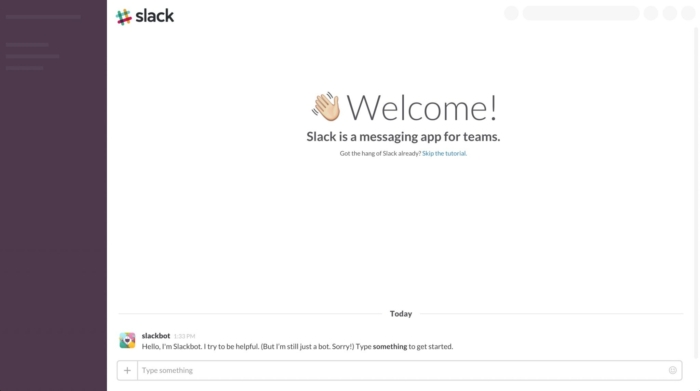
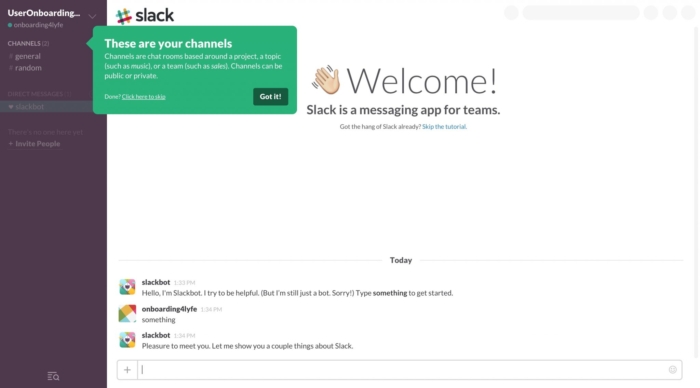
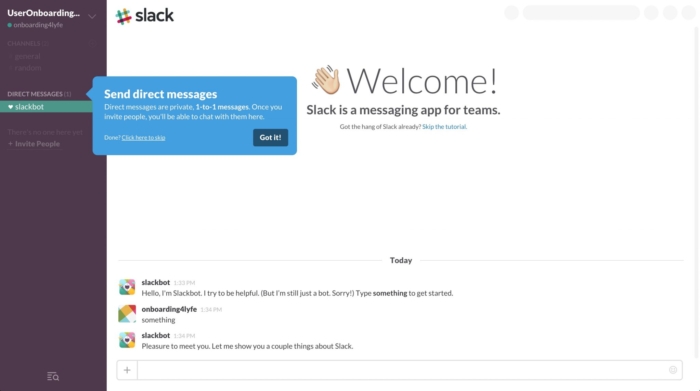
As your customer progresses through the onboarding process you’ve set up, it’s important to provide guiding content every step of the way.
There are multiple ways you can provide this content. For example, you can use a self-serve knowledge base for customers who are looking for answers in the moment. Besides using the knowledge base to share content that demonstrates your product, you can also use it to answer frequently asked questions as well as provide case studies to help reaffirm that your product is a good fit.
Another good solution is video, which not only helps humanize the onboarding process but also makes it easier to communicate ideas and can help your customers, particularly those who are visual learners, to better comprehend your instructions.
Finally, you may want to consider using interactive walkthroughs that provide a guided tour of each feature and show users exactly what to do.
Another area to quickly touch on, here, has to do with the usability of your interface. Basically, if it’s poorly put together, unintuitive, or just not pleasing from an aesthetic standpoint, you risk confusing or otherwise turning your new users off completely.
In addition to ensuring your onboarding processes are understandable in terms of content, you also want to be sure your customers are easily able to use your services as intended. User experience surveys can help with the process of determining a user’s overall experience with your product.
Focusing on your service’s features
As we mentioned above, your onboarding processes need to be created with your new user’s perspective in mind.
This is especially true when walking new users through what your service actually does. They don’t really care what your service does; they care what they can accomplish by using your services.
Let’s go back to our example from Slack:
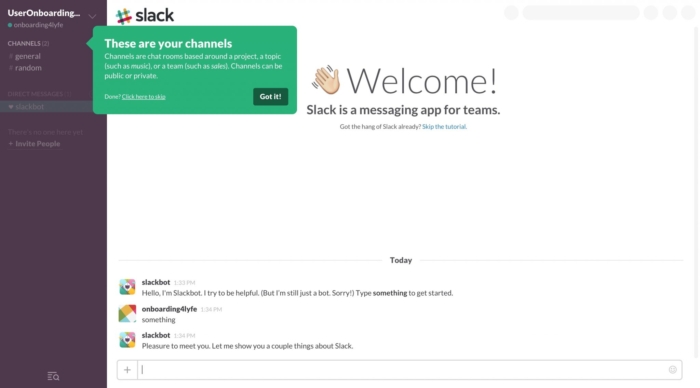
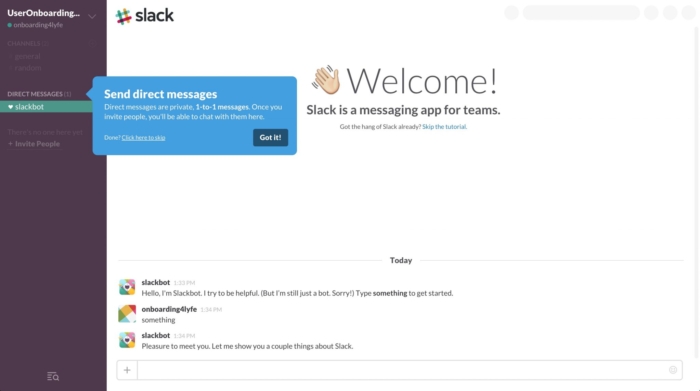
When introducing the “channel” and “direct message” features, Slack takes special care to explain the differences between each feature, as well as what the user will be able to do with each.
Simply put: The goal of onboarding isn’t to “show off” your service’s features; it’s to show off the benefits. Teach your new users how to best use these features for their own purposes.
But, just like ninth graders in geometry class, your users aren’t going to want to learn how to use these features if you don’t explain “when they’re ever gonna need to use it.”
On the other hand, by making clear what each feature will enable your users to accomplish — and why it’s an essential part of your overall services — you’ll keep your new users hanging onto your every instruction.
Withholding wins
So far, we’ve hammered home the idea that your new users are going to be, in general, unsure.
They’ll be unsure of what to expect from your services.
They’ll be unsure of the value of your services.
Most important, they’ll be unsure of their ability to use your services to achieve their goals. And the longer it takes for them to feel like they know what they’re doing, the less likely they are to keep using your services.
It’s up to you, then, to reassure your new users that they’re making progress and inching ever closer to achieving their goals.
Take a look at how Evernote handles this:
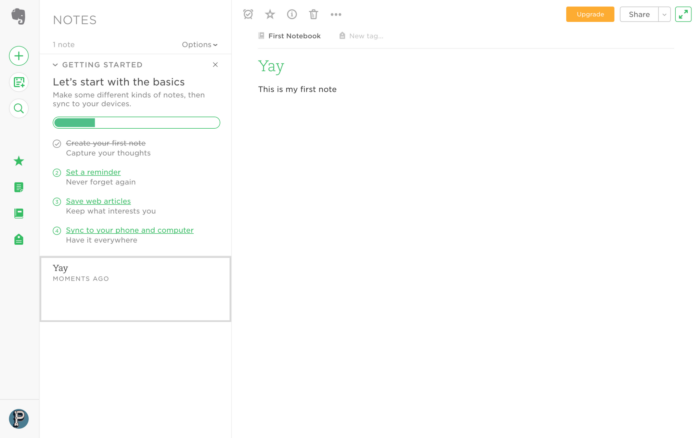
In this example, Evernote acknowledges both small steps (via the green progress bar) and larger milestones (by crossing off a completed task). It’s simple, for sure, but it provides a sense of accomplishment for new users and reinforces the idea that they can, in fact, use this tool successfully.
Something else worth mentioning here is that the progress bar and checklist allow users to anticipate how long and how much effort a given task — and the onboarding experience overall — will take. This can make them more likely to dive into a specific task, since they have a ballpark idea of how much time they’ll need to spend on it.
Giving your new users a pat on the back is one way to celebrate their progress. But you can also reward quick wins by allowing your users to get even more value out of your services.
This goes back to what we said earlier about explaining your service’s features in different contexts: Once your users understand how to use your services on a basic level, you’ll want to allow them to “take things up a notch.”
For example, you might open up new pathways as your users become more acclimated, like Duolingo does:
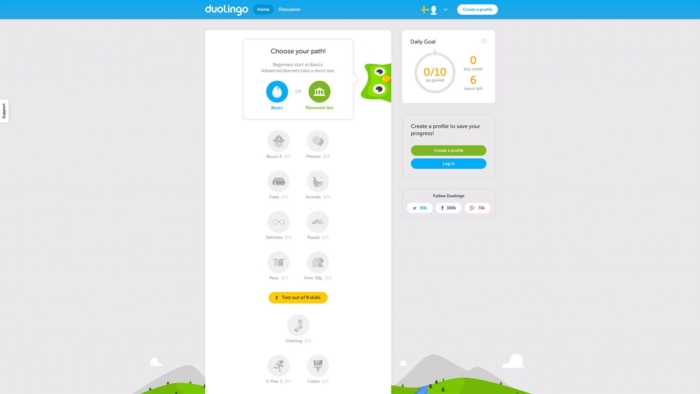
Or you might provide a bit more free rein to users who have proven to be proficient with your service’s basic functions.
Canva, for instance, first provides users a “Beginner’s Challenge”:
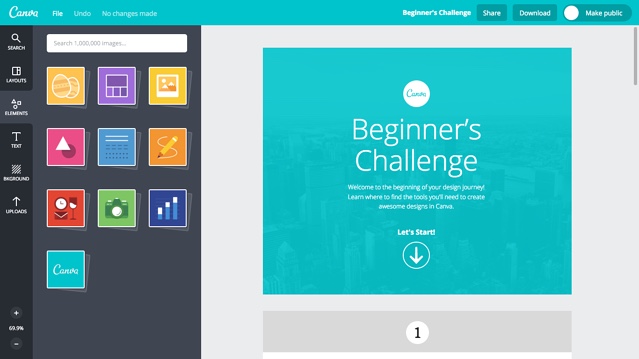
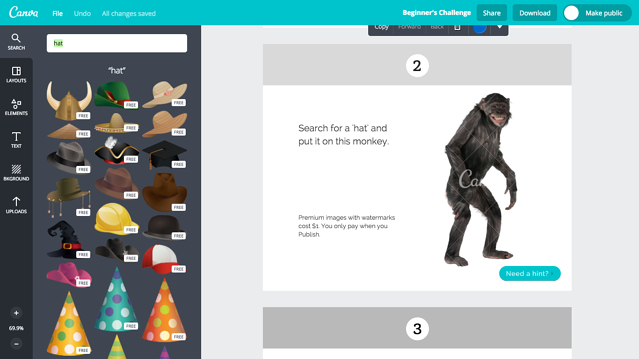
After this challenge, Canva allows new users to choose from a variety of projects to get started on:
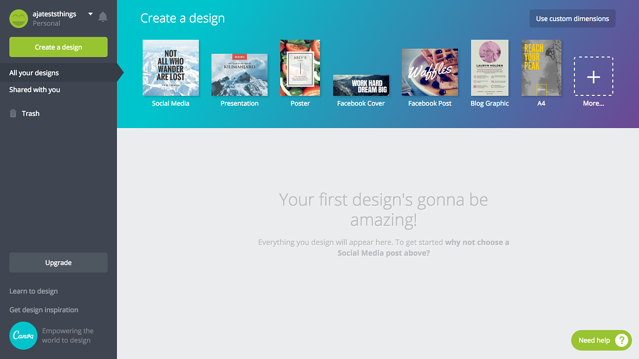
In addition to giving your new users some “quick wins,” you also want to acknowledge their progress by gradually releasing your grip on their hands, and allowing them to explore your services a bit more freely.
(You’ll still want to make it easy for them to get additional support as necessary, though.)
Failing to follow up and make improvements
As with all areas of your business, you should continuously try to make improvements to your onboarding processes.
This is one area where user feedback is essential. The more you understand about your user’s experience, the more improvements you can make, right?
Unfortunately, it can be easy to pass by opportunities to collect this feedback from both your satisfied and dissatisfied users. Regarding your satisfied customers, it’s easy to just say, “Hey, they ended up converting, so they clearly had no problems with our onboarding process.” On the other side, it can be just as easy to let churned trial users “off the hook” without gathering more information from them before they leave.
In either case, you definitely stand to gain more info by digging a bit deeper:
Though a user may have converted, that doesn’t necessarily mean they had no problems with your onboarding process — they may have some suggestions about how you might improve it. In fact, these appreciative new customers will likely be willing to provide such insight, since you’ve been able to help them so much already.
Regarding your churned trial users, you absolutely want to get to the bottom of their decision to defect. As we said in the intro, they simply may not be a great fit for your services — but if they are, and the quality of your onboarding process was the only reason they decided not to convert, you’ll want to figure out what you need to do to fix the issue as quickly as possible.





























































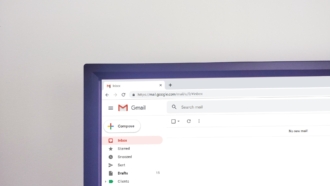








Send Comment: